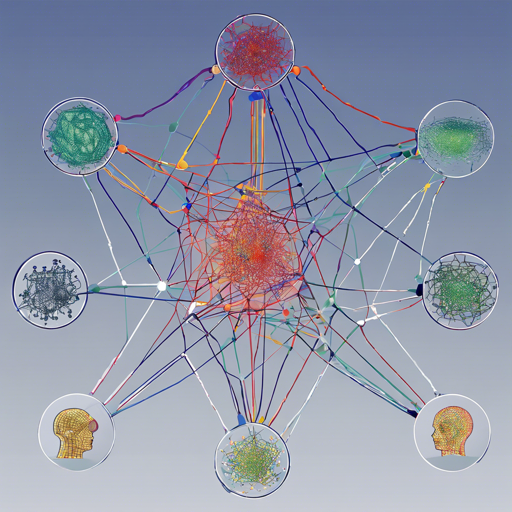Are you ready to dive into the fascinating world of relational reasoning with neural networks? In this guide, we will walk you through implementing a Relational Network (RN) in PyTorch, specifically for the Sort-of-CLEVR task. Buckle up, as we transform a complex concept into a manageable and relatable experience!
Understanding Sort-of-CLEVR
Before we get into the nitty-gritty of implementation, let’s break down the Sort-of-CLEVR task. Imagine you have a busy playground filled with colorful shapes. You’re tasked with answering questions about the shapes based on their relationships, like:
- Non-relational questions: Focus on a single shape. For instance, “What color is the circle?”
- Relational questions: Require you to think about how shapes relate to each other. An example could be, “What shape is closest to the green square?”
With a dataset comprising 10,000 images and a variety of questions, Sort-of-CLEVR is a simplified version of the original CLEVR challenge.
Setting Up Your Environment
Let’s get your virtual workspace ready before we jump into the code!
- First, create a conda environment:
$ conda env create -f environment.yml$ conda activate RN3Generating the Sort-of-CLEVR Dataset
Now that our environment is set up, let’s generate our dataset, essential for training our model:
$ ./run.shAlternatively, you can execute the following Python script:
$ python sort_of_clevr_generator.pyTraining Your Model
With our dataset generated, it’s time to train the binary RN model:
$ python main.pyIf you’re looking to explore further, consider training the ternary RN model with:
$ python main.py --relation-type=ternaryUnderstanding the Code through Analogy
Think of our relational network like a detective navigating a maze of colorful shapes. Each shape represents a piece of information about the scene. The detective has a unique approach—using relationships between the pieces of information to answer both straightforward and complex queries.
The RN looks at various shapes and gathers clues (data), determining how they relate to one another before responding to our questions—much like how a detective pieces together evidence to solve a case.
Troubleshooting Tips
If you encounter issues during this process, here are some troubleshooting tips:
- Ensure that your conda environment is activated properly before running any scripts.
- Double-check that all required dependencies are installed correctly.
- If you face errors while generating the dataset, verify that the dataset generation script does not have errors or missing files.
- For more insights, updates, or to collaborate on AI development projects, stay connected with fxis.ai.
Conclusion
Through this walk-through, we have set you on a path to exploring relational reasoning in AI using the Sort-of-CLEVR dataset. Whether you’re seeking to advance your understanding or implement this knowledge in your projects, remember that the realm of AI is brimming with possibilities.
At fxis.ai, we believe that such advancements are crucial for the future of AI, as they enable more comprehensive and effective solutions. Our team is continually exploring new methodologies to push the envelope in artificial intelligence, ensuring that our clients benefit from the latest technological innovations.

